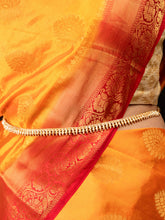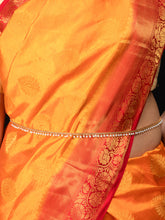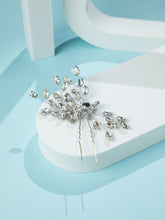Types of Jewellery Plating
The jewellery is made of various materials. While some materials are impervious to tarnish, others degrade quickly. The plating used in jewellery comes in several kinds. You should be aware of which colour plating, based on your skin tone and preferences, suits you the best before purchasing the proper one for yourself. Even though some women with Indian skin tones can wear all hues with great confidence, some prefer to select the ideal shade for themselves whenever they purchase jewellery. Even skin types with sensitive skin may respond to some plating. You should be aware of what compliments your style while also keeping the metal's quality in mind.
Rhodium, gold, and silver plating are the three types of plating for jewellery. We'll go over the various characteristics of the materials used to plate jewellery. When you have the necessary knowledge, you are more likely to choose the ideal item for yourself. As a result, this blog has all the information you need to know about jewellery plating.
Rhodium Plating Jewellery:
It is a robust metal that has a silvery white colour and is resistant to corrosion. It can reflect up to 80% of light and has a brilliant surface. Since rhodium can be found in many different minerals, it is a rare plating. It can be found in incredibly minute quantities in nickel and platinum ores. Rhodium is highly sought after in the market because of its brilliant appearance. Rhodium plating can create stunning jewellery for you because of its typical brightness. The metal's hypoallergenic nature is its best feature. Since metals don't have any such qualities, their reactions shouldn't damage you.
Gold Plating jewellery:
It is a procedure in which real gold (of a specific gold carat) is thin electroplated onto any metal. The plating creates the impression of authentic jewellery. It has the same appearance as gold jewellery. The thickness of the plated layer has a direct impact on durability.
When we think of gold plating, we typically picture traditional yellow gold jewellery, but rose gold is a new colour that’s gaining favour. Gold and copper are combined to make the alloy known as rose gold. 75 percent of the metal is gold, while 25 per cent is copper. The alloy's considerable copper concentration is what causes the jewellery to be rose gold in hue with a pink undertone.
You can experiment with both finishes, although rose gold is more in demand right now than yellow gold. The hue has adaptability and is highly distinctive on its own. Any outfit can be paired with it.
Silver Plated Jewellery:
In essence, a layer of silver is applied to a metal. The coating's thickness might be anywhere from 1 and 40 microns thick, and it is often measured in microns. About 0.0001 centimetre is equal to 1 micron. Because it is not sterling silver, plated silver is substantially less expensive. The latter is 92.5 percent pure and the remaining portion is made up of other metals.
Some persons who have no choice but to use plated silver may get nickel allergies as a result of plating. They do get rashes from this, sometimes though. Keep in mind, however, that silver plated has a paler tone than sterling silver, and that plated jewellery is heavier than sterling silver due to the base metal.
We sincerely hope that this essay has been enlightening and has increased your understanding of the many plating options! In the comments section below, let us know if you liked the article or if you have any questions.












